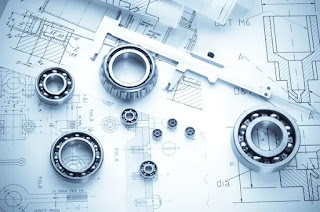Innovations in Vehicle Dynamics
Introduction: When we think about vehicles, we often focus on their outward appearance or the power of their engines. However, what truly sets a vehicle apart is its ability to handle the road with precision and safety. This is where vehicle dynamics come into play. Over the years, significant innovations in vehicle dynamics have transformed the way cars, trucks, and other vehicles perform on the road. Let's explore some of these innovations and their impact. Advanced Suspension Systems: One of the key areas of innovation in vehicle dynamics is suspension systems. Traditional suspension systems were designed to provide a comfortable ride, but they often sacrificed handling and stability. Modern vehicles now feature advanced suspension systems that use electronic sensors and actuators to adjust damping rates and ride height in real-time. This allows for a smoother ride while maintaining optimal control and stability, even on rough or uneven terrain. Active Steering Systems: Another ...



